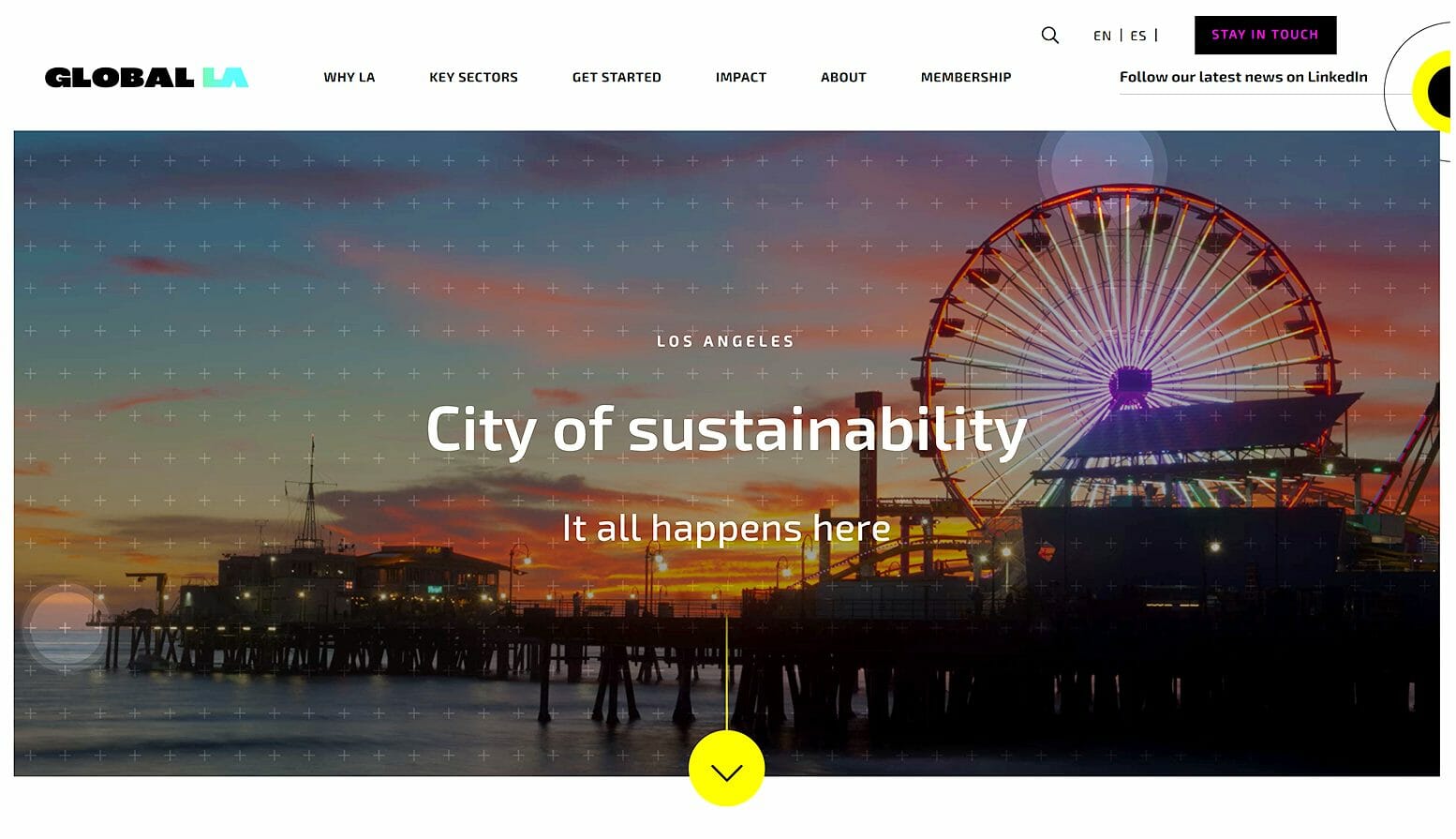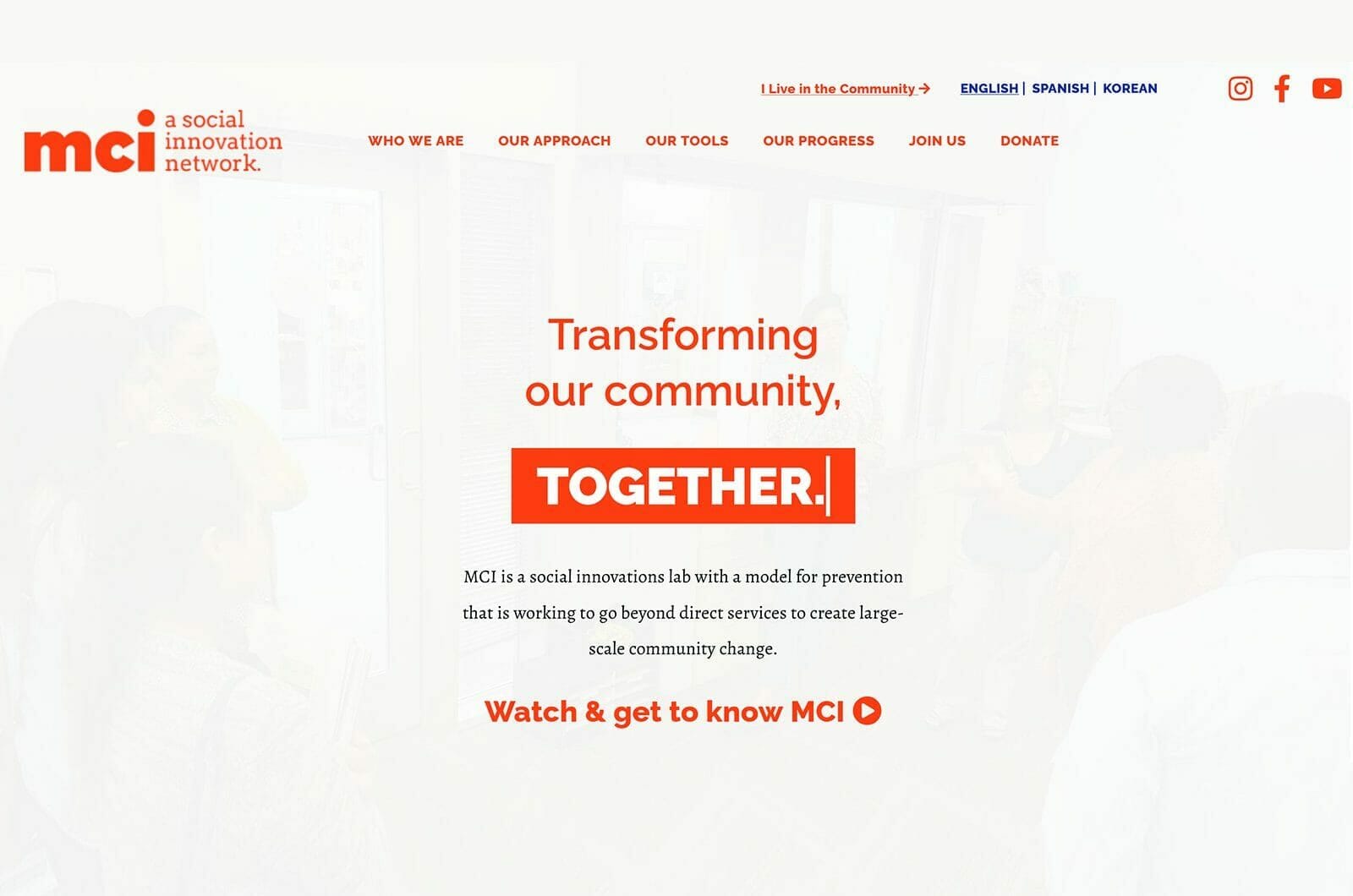20 Jun ‘19
How to Incorporate Branding Into Web Design
20 Jun ‘19
In: Web Design & Development, / By: Ripe Media
Every day, companies are coming up with new growth tactics, which are also continually evolving. Among these tactics is incorporating branding in web design. Branded content is twice as likely to attract the attention of site visitors.
This is mainly those between the ages of 55 and 64 years. Depending on how you nurture leads, it means you’re also two times more likely to increase sales by branding your content. How can you incorporate branding into web design?
By reading this article, you’ll be on your path to gaining useful insights into how to do this.
Branding and Web Design
A brand is a symbol that represents your business. It speaks volumes about what you stand for, your associations, characteristics, and experiences. You evoke your brand by the use of consistent imagery, phrases, and sounds which visitors to your site interact with.
Brands set expectations, and when faced with many different options, consumers usually choose the safest option. This means that they’ll most likely go for the brand they know best. Without saying much, this tells you why you continuously need to work on making your brand a success.
Whether you’re designing a site for a multi-million dollar company or a personal blog, branding is crucial. Here’s how you can approach web design while incorporating branding.
1. Maintain Consistency Throughout the Site
What colors are you using on your site? These should be consistent on all the web pages. They should also match those you’ve used on social media sites like LinkedIn. People should be able to quickly identify with your brand whenever they set their eyes on it.
Your logo should be in the same position throughout the pages. The accepted norm is to place it in the upper left corner of every page. Ensure you size it the same way on all pages.
It should be big enough to be noticed as the second thing after the colors. It’s also good practice to link the logo to the site’s home page. Whenever your visitors click on the logo, they should be redirected to a page with the finer details about your company.
2. Tone of Voice
The tone you adopt for your site should reflect your brand’s character and personality. For example, if your brand is down-to-earth, the tone should be informal and fun. This is especially if your target audience is young, tech-savvy consumers.
Things become different if you’re in a more serious niche like financial investment. The tone should be formal, confident, and incorporate authority to reflect knowledge in the niche. Remember it’s not just about what you say, but how you say it also matters.
You can say the same thing in different tones, and the meaning will be the same, but the tone will dictate your character.
3. Harness the Power of Whitespace
You might be tempted to fill up every available space on your site pages. Unfortunately, this works against your web design outlay as it makes your site look crammed with content. The need for whitespace can’t be overemphasized.
This web design technique boosts the attention span of readers and increases their rate of concentration. Whitespaces are the blank canvas that allows your eyes to breathe. Whitespaces work for both images and text, allowing you to communicate your ideas more clearly.
4. Use Simple Fonts
In web design, you might be tempted to use fancy fonts, thinking that doing so will make you stand out. However, the opposite is true. Just like the colors of your brand, your fonts should also remain consistent.
Font overload will lead to distraction and will detract your message. Choose at most two fonts that complement each other and support your brand’s tone. If you go for a font that’s too fancy to read, you’ll lose your audience.
More importantly, choose a font that’s compatible with all internet browsers. It can be quite unfortunate to have one that doesn’t load on some browsers when people view your site. The easiest way to choose a font is to check the one that’s hosted by a server like Google.
5. Focus on the Customer
When you focus on your customers, it means that you’ll present your value proposition in the most precise way possible. Your presentation should make your visitors understand why it pays to remain loyal to you. If you tell the story of successful customer experience, they’ll associate with you.
How do you share your Unique Value Proposition? This is only possible by being vulnerable to your customers. It means that you should share the truth about what your brand is all about.
For example, if you’re selling software that can only accommodate 100 employees, don’t promise that it works for 200 employees. Letting your clients know that you’re not a solution for a given target market keeps you real. The right people will appreciate that you’re not presenting a front you can’t deliver.
6. Uniqueness
Above all factors, maintain uniqueness. Don’t try to outdo your competitors. If your site borrows much of its concept from your rival, what difference does it make?
How would customers be able to differentiate between the two businesses? When you embrace uniqueness, you stand out from the competition, making your brand more memorable. It increases the chances of the visitors coming back for more.
Web Design – Summing Up
Building your brand through web design is crucial for both big and small companies. Branding isn’t all about the logo, but how you present what your business is all about. Make sure your site represents the quality, values, and tone of your work.
Some methods you can use to incorporate branding in web design include being unique. Since branding is about standing out from the competition, avoid transferring their web design ideas to your own. If you must, have a professional web designer play around with the plans to bring out uniqueness.
Let the colors and tone you use be consistent throughout the site. The size and positioning of the logo should also be the same all through the pages. Put yourself in the shoes of our customers and incorporate the things you’d like from their end.
If you have any questions, be sure to reach out to our team.















